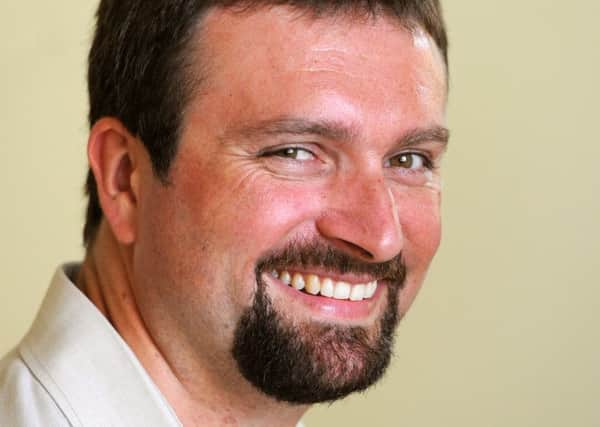Is that a tricorder in your pocket?


“Captain, I am picking up increased cellular network activity and high levels of carbon monoxide in the vicinity.” - Not a real quote.
It’s true that a lot of things that are dreamt up in science fiction, later become science fact. While the tricorder may have seemed far fetched when viewers were watching the first interspecies kiss on Star Trek, nowadays it turns out it is not so far fetched at all.
Advertisement
Hide AdAdvertisement
Hide AdRecently Storrington Parish Council asked people in Storrington, Sullington and Washington to fill out a form regarding mobile phone coverage in the area. I filled it out and pondered the problem. I thought, “Surely there is an app that does this? After all, every mobile phone I have ever seen tells you the signal strength of the network you are using.”
It turns out there is an app. A few in fact. To spare you the chore of going through them all, I thought I’d mention the one I have started using the most, OpenSignal. It is useful, because it has a map that shows you the signal strengths of the different networks and different types of connection (2G, 3G, 4G), plus it shows you nearby WiFi networks. Handily on the main app screen, an arrow points you in the direction of the cell tower you are connected to. That means you should be able to move nearer to it and get a better signal.
The app periodically sends data back to a central database, which helps refine the overall picture and give better information to users. This in turn is used to generate reports for operators, regulators and other interested parties.
What if you wanted to test the air quality where you live, or where you work? Air quality issues are prevalent in many parts of the country, with particular attention placed on traffic hotspots like Storrington and Cowfold. What if there was a sensor you could carry with you, to help you choose the least polluted routes and to help you make better choices about the way you travel?
Advertisement
Hide AdAdvertisement
Hide AdDrayson Technologies have developed a sensor called the CleanSpace Tag. It detects carbon monoxide and pairs with your smartphone to give you accurate readings of pollutions levels in the your immediate vicinity. That information combines with that gathered by stationary air quality testing stations around the country, to build an accurate picture of pollution levels. Air pollution is more than just carbon monoxide, but other forms of air pollutants follow a similar pattern of concentration as carbon monoxide. So if you measure one, you can make a pretty good estimate of the others.
What is unique about the CleanSpace Tag, is that it uses a new technology called FreeVolt. FreeVolt harvests excess energy from WiFi and cellular networks to constantly trickle charge itself. Meaning you never have to worry about charging the CleanSpace Tag for the lifetime of the device.
Imagine what we could learn about our environment with just a handful of these devices in key locations.